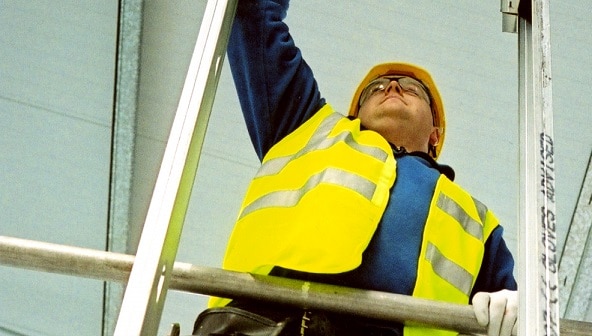Whilst this recession has been wasteful in terms of manpower and other resources, by far the greatest loss to companies operating in the construction industry has been the loss of financial credibility. Trading losses coupled with reduced asset values have seen many construction companies’ balance sheets plunge to negative values.
The current money trickle through the construction industry involves the chain of client, builder and subcontractor. The client pays the builder and the builder pays the subcontractor.
Under this system there is an obvious problem for the industry in that the builders have in effect become a money sponge, in the middle of a cash trickle, and now need to delay payment onto subcontractors.
Many construction companies could not survive today without the funds generated by the ownership of cash that comes from delayed payment to subcontracting companies.
It is no secret that a considerable number of builders continue to survive by a system of enforced extension of their credit terms with subcontractors and by utilising the money earned on this cash to offset against their trading losses.
A period of profitability should assist in making cash available to the subcontractor. But how quickly will they be able to return to profitability whilst the building contractors retain their hold on the price structure that is available to subcontractors, as well as the cash flow, down the chain.
What can be done to improve the outlook? Firstly, bankers should review their support of main contractors who are terminally ill; secondly, introduce legislation to reduce debtor periods; and thirdly, clients should make direct payments to subcontractors.
Changing the system requires only a little thought and a little effort. The rewards would be improved performance and capability at the subcontractor level as cash for growth is placed directly into the hands of those who will create jobs and invest in the future.
All the above has been taken from a 1984 SpecFinish Viewpoint article. More than 30 years on, has anything changed? Well, not much, but what is needed for real change?
Take a look at the photographic industry. It was all going swimmingly for more than a century; and then they moved the goal posts. Thanks to digital technology the industry completely restructured and changed shape. Equally, could the digital revolution be crucial to transforming today’s construction industry?
Adrian JG Marsh
Editor SpecFinish


